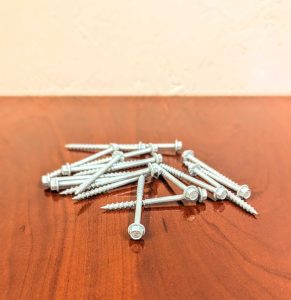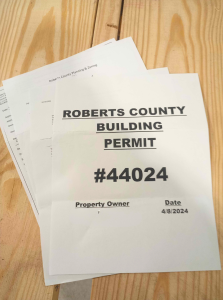Many of you are by now familiar with Jim, one of the senior Building Designers at Hansen Pole Buildings. Jim is great – he has an investigative mind, so poses many marvelous questions to me, many of which are incorporated into this blog.
Today Jim asked me what I knew about a particular building system which utilizes rough sawn timbers, along with 3/16 inch thick steel connectors.
Visiting their website, I was quite impressed with the claim of, “Since 1983 xxxxx has helped
hundreds build a living, working, or storage space using rough cut lumber and xxxxx steel joinery. This alternative to trusses and conventional pole building methods, saves material, labor, equipment and money. Everyone can now build a perfect Pole Barn, Garage or Home of their very own home!”
And what a great list of benefits: “Eliminate trusses, makes room for a second floor, uses rough-cut 6″x6″ lumber or wood members, eliminates treated wood saving the environment, frames can be PULLED upright without a crane, frames DO NOT sit in concrete to eventually rot, frame assembly done on the ground, allows for lower eaves and higher door openings”.
On the face of everything, my first thought was – this is too good to be true! Perhaps this is a system we (Hansen Pole Buildings), should be offering to our clients.

When something appears to be too good to be true, there are times it is. So, out come the research caps, as we dig through the available information to determine if this is even a viable system.
A 2009 press release from the manufacturer of this particular series of products touts them as being “approved for stick-post building by the 2006 International Building Code”. In order to be approved, the product would have an ICC (International Code Council) approval number. I know we at Hansen Pole Buildings utilize numerous products in our building systems which have ICC-ES approval numbers. Luckily, ICC has provided the ability to search for approvals, and none were to be found from this particular manufacturer. Perhaps this is merely an oversight.
In the FAQs on the company website I found, “What if my code calls for 130 mph wind-loading? Can I use xxxxx? A. YES, with modifications. Our generic engineering to 80 mph is satisfactory for the vast majority of building applications, but where severe conditions exist those buildings we recommend you engage a professional engineer.”
Most consumers are unaware the minimum Building Code design wind speed in the United States is 85 miles per hour (mph) and most of the country is 90 mph or greater!
Far too many permit issuing jurisdictions do not require engineered plans to acquire building permits. Some do absolutely no plan reviews or inspections! This particular product may have a “home” for use in those areas. In areas of the country which do require more stringent plan reviews, the idea of the consumer having to hire their own engineer to prove a manufactured product is adequate for the intended use, just does not sit well with me.
Now I am not condemning this product, or ones similar to it. They may very well be the greatest thing since sliced bread – personally, without more verification being provided, I’d be inclined to avoid this one. If you have better information than I found on it…be sure to let me know. I am always willing to listen, and learn.







